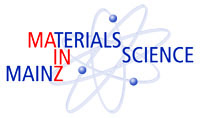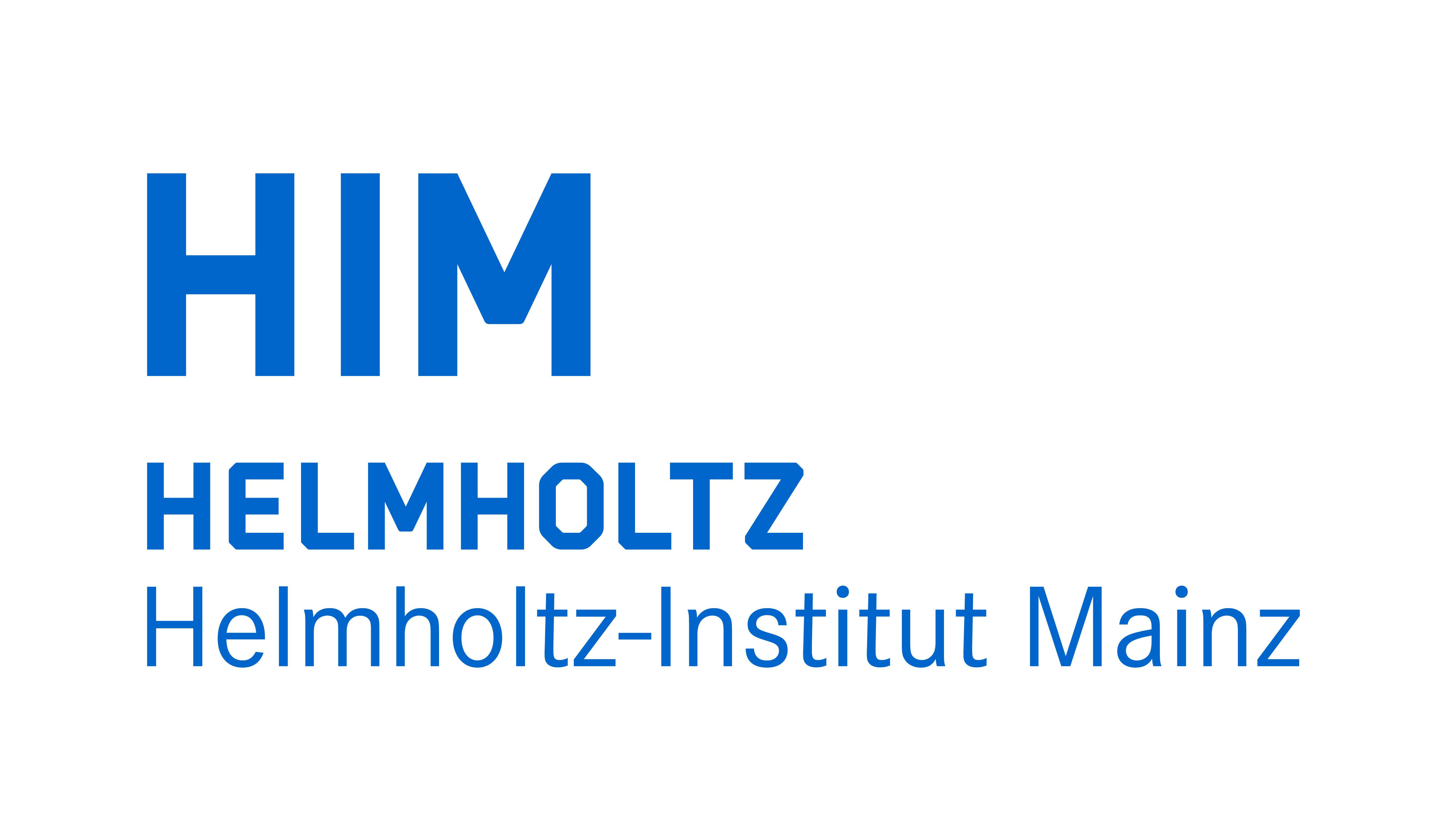


Physikalisches Kolloquium
Nov. 15, 2022 at
4:15 p.m.
in
HS KPH
Prof. Dr. Friederike Schmid
Institut für Physik
friederike.schmid@uni-mainz.de
Prof. Dr. Hartmut Wittig
Institut für Kernphysik
hartmut.wittig@uni-mainz.de
Ice clouds in the atmosphere: From particles via oscillators to structures
Prof. Dr. Peter Spichtinger (JGU Institute for Atmospheric Physics)
Ice clouds constitute an important component in the Earth-atmosphere system. Like all clouds, they influence the hydrological cycle and the energy budget of the system. Thereby, the partial reflection of incident radiation results into a cooling effect (albedo effect), and the absorption and re-emission of thermal radiation results into a warming effect (greenhouse effect). However, for ice clouds in the tropopause region the net effect (warming or cooling) is unclear, because both opposite effects are of the same order of magnitude. Thus, the net effect depends on further properties of the multiscale system of ice clouds, such as the size and shape of the crystals, as well as the formation of structures within clouds resulting into heterogeneous media. In particular, the formation of structures in (ice) clouds is relatively poorly known so far and requires further investigation.
In this talk we investigate processes and phenomena on different scales of ice clouds. We start with single crystals and their properties, as well as methods to measure these particles. To represent the ensemble ice cloud, models have to be developed and further investigated. The formulation of reduced order models leads us to ice clouds as nonlinear oscillators. The interaction on different scales and of different processes finally leads to the formation of characteristic structures. These investigations are current research and are carried out in interdisciplinary collaboration.